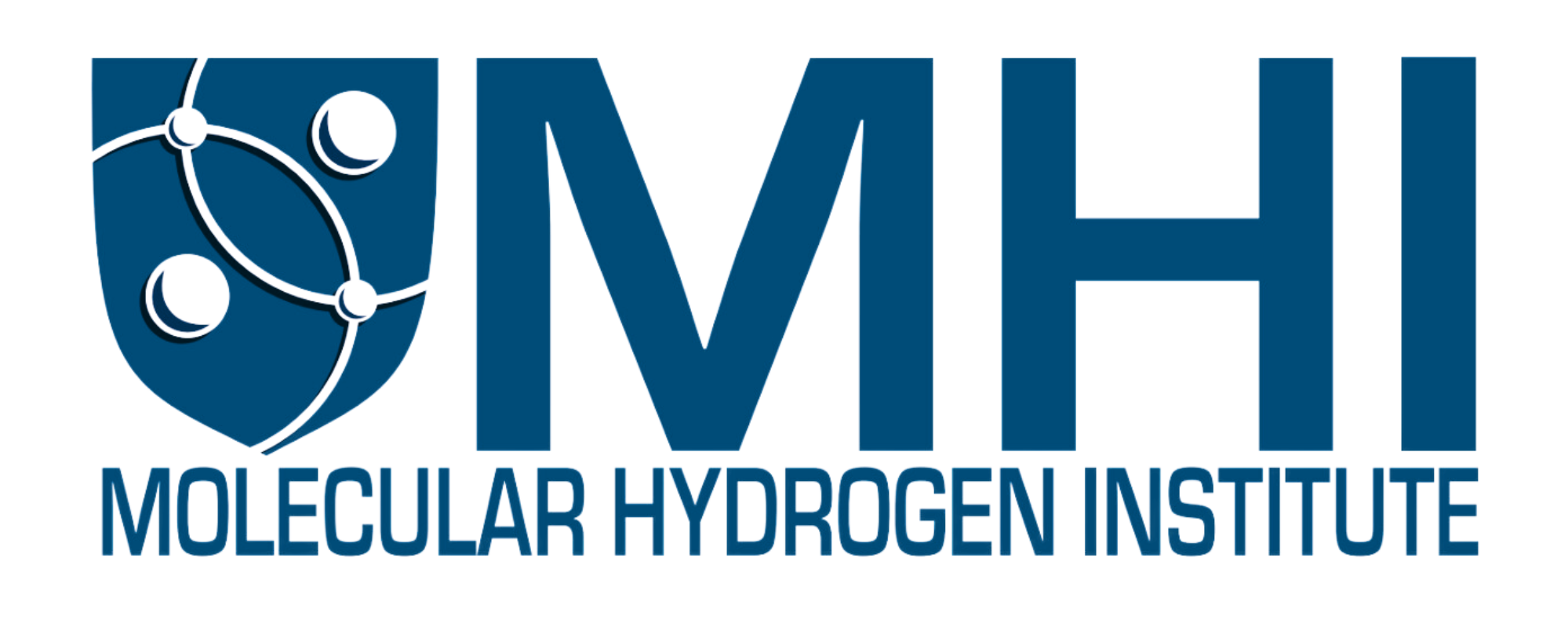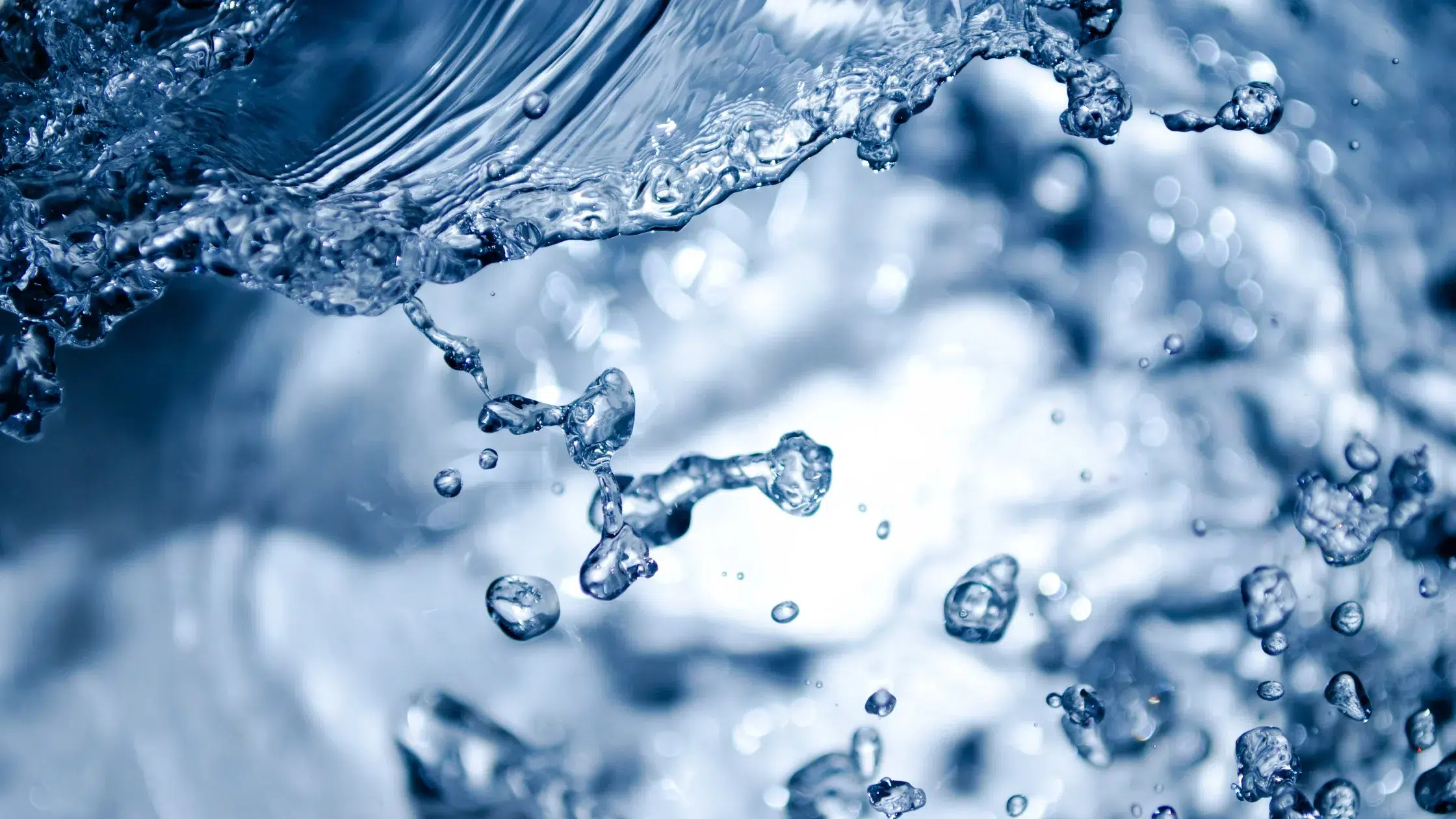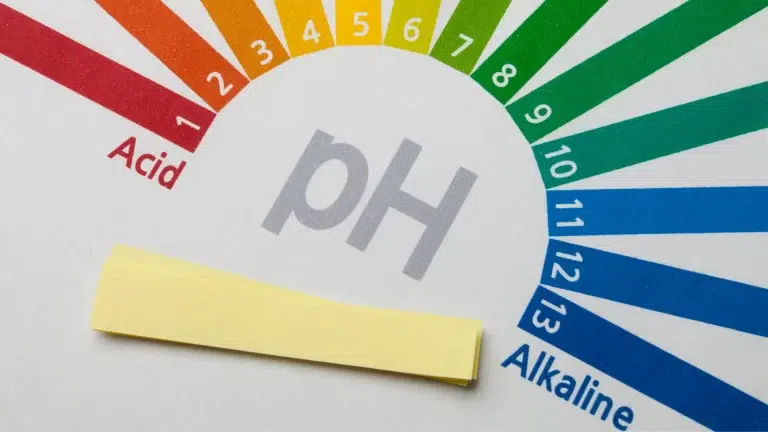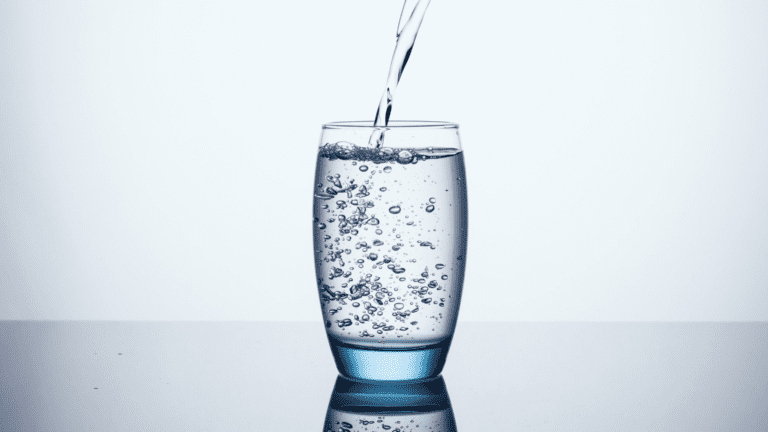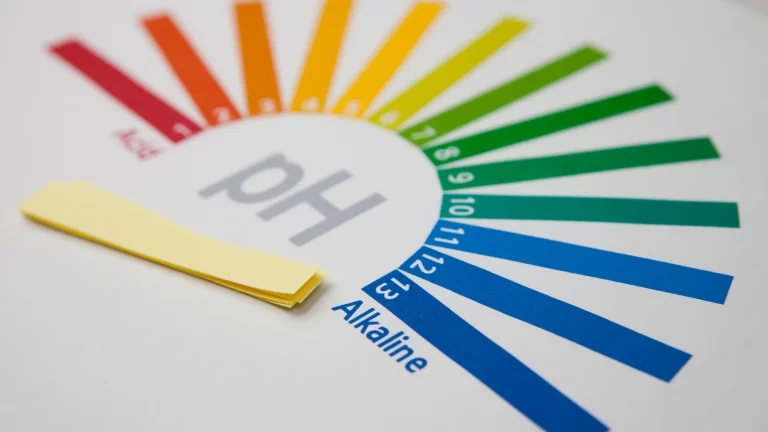
WATER IMPORTANCE
Water is the universal solvent;1 it can exist as a solid, liquid or gas.2 It is necessary for the functions of life3 and for life to function.4 Water is the life-giving fluid that is always at the heart of creation.5 Its presence supports life, and its absence brings death.6 Water in liquid state is the principle criteria for planetary habitability.7
The importance of water is well known.8 Obviously life would not exist without it.6 Indeed, water is virtually the most important nutrient for our health.9 You can go without food for about a month; however, going only three days without water can be fatal. It is used for maintaining body temperature, absorbing nutrients, eliminating wastes,10 and many cellular processes including enzyme catalysis11. The average adult is 55% to 75% water by weight; the variation is due to gender, height, lean body and shape. Someone with a 55% totally body water can be more hydrated than someone with a 65% total body water because it is relative to each individual based on their body type. Optimal body hydration is important for optimal cell hydration and cell function12,13 (i.e. communication, signaling, cell metabolism, gene expression, etc.). About 2/3 of the water in the body is intracellular and about 1/3 is extracellular.
HOW IMPORTANT IS HYDRATION?

It makes sense that maintaining optimal hydration is requisite for overall health and longevity. In fact, the 2003 heat wave in Europe led to an excess of 50,000 deaths.14,15 The majority of these deaths have been attributed primarily to dehydration.14,15 Indeed, dehydration is a primary cause for the hospitalization of the elderly and in many patients it often results in fatalities.9 Dehydration is also linked to infection and if overlooked, mortality may be greater than 50%.16 Did you know that losing only 1%-2% of your bodyweight in water significantly impairs both athletic and cognitive performance?17,18
The water molecule is bent to form an angle of 104.45°,19 as opposed to the predicted 109.5. This is because the two lone pairs of electrons on the oxygen atom (black dots in figure) have electron repulsion that pushes the two hydrogen atoms closer together. Because the oxygen has these electrons, it has high electronegativity, which gives it a partial negative charge.19 The hydrogen atoms have a partial positive charge. This is what makes water a polar molecule. This makes water have unique and important chemistry such as capillary action, dissolving ionic salts, high boiling point, etc.20
WATER: LIQUID OR HEAVY GAS?
Water has a mass of only 18 grams/mole, which is really light, but yet is a liquid not a gas. Take for example the element Radon. It is one of the noble gases, yet its molar mass is 222 grams/mole. It weighs over 12 times more, yet remains a gas while water weighing significantly less is a liquid at room temperature. This is because of the hydrogen bonding.20

Because the oxygen atom has a partial negative charge and the hydrogen atoms have a partial positive charge, two neighboring water molecules are attracted together. This is an electromagnetic attractive interaction between polar molecules.21 Each water molecule can hydrogen bond with up to four other water molecules22 as seen in the diagram. These bonds are weak and rearrange to bond with other water molecules on the femto time scale (i.e. 10-15 seconds).23 This makes formation of stable water clusters in bulk water impossible.24
The hydrogen bonding of water molecules is also responsible for ionizing the water to form a hydroxide (OH-) and a hydronium ion (H3O+). 2H2O ? H3O+ + OH–. This makes water amphoteric; it can be an acid or a base.25 As seen in the below schematic, a water molecule can pull hydrogen off another water molecule, which results in the two ionic species.

This is what is responsible for the pH* of the water. pH means the negative logarithmic concentration of the H3O+ species.26
WATER: OXYGEN + HYDROGEN = LIFE
Interestingly, water, which is essential to life,3 is formed by the combination of oxygen20 (a powerful oxidizer27 and essential for life4) and hydrogen20 (a powerful reducer28 and essential to life29). It tends to make sense that molecular hydrogen has therapeutic potential.30
